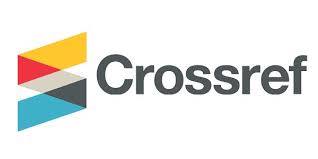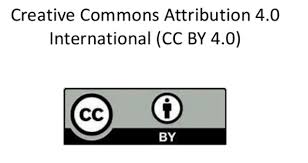Livelihood improvement of farmers through cattle fattening of Mymensingh District: A socio-economic study
DOI:
https://doi.org/10.47440/JAFE.2020.1301Keywords:
Livelihood, Cattle fattening, Farmers, Socio-economic, Small scaleAbstract
The experiment was conducted to investigate the livelihood improvement of farmers through cattle fattening in selected areas (Mymensingh Sadar and Fulbaria Upazilla) in Mymensingh district of Bangladesh through field survey. Total of 30 respondents were randomly selected from the three villages. Each village consists of 10 respondents. Data were collected from randomly selected 30 farmers who were involved in small scale cattle fattening through personal interviews. The selected characteristics were the socio-economic conditions of the farmer such as age, level of education, occupation, household size, land size, source of capital, family income from cattle fattening, farm size, etc. The respondents were aged from 25 to 60 years. The highest proportion (56.7 percent) of farmers was in the middle-aged. The education levels among the respondents were 46.7 percent illiterate, 33.3 percent primary level, 13.3 percent up to S.S.C level and 6.7 percent of H.S.C or above. Among the respondents, 33.3 percent were involved in cattle fattening as primary occupation and 67.3 percent were involved in cattle fattening as a secondary occupation. About 83.3 percent of respondents were used own capital for fattening purpose and 16.7 percent respondents had bank loan or NGO loan facilities for fattening purposes. The income of the respondents’ family from cattle was BDT 11283.33 which was contributed 31.39 percent to the increased family income. The results show that cattle fattening could be the most suitable way to increase the socio-economic status of the poor farmers in terms of net income.






 Publisher:
Publisher: 